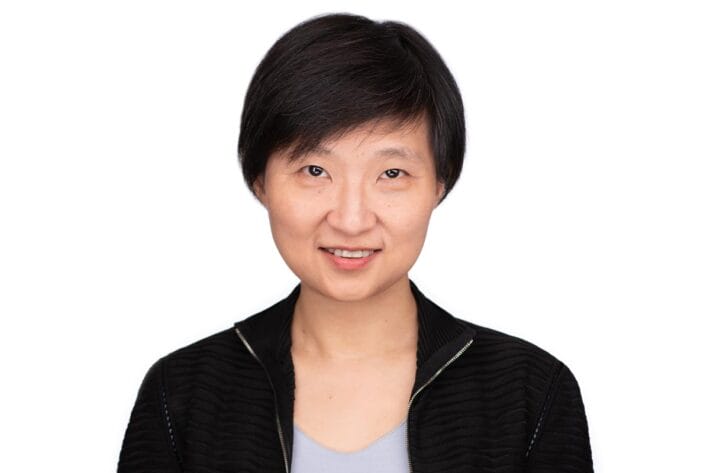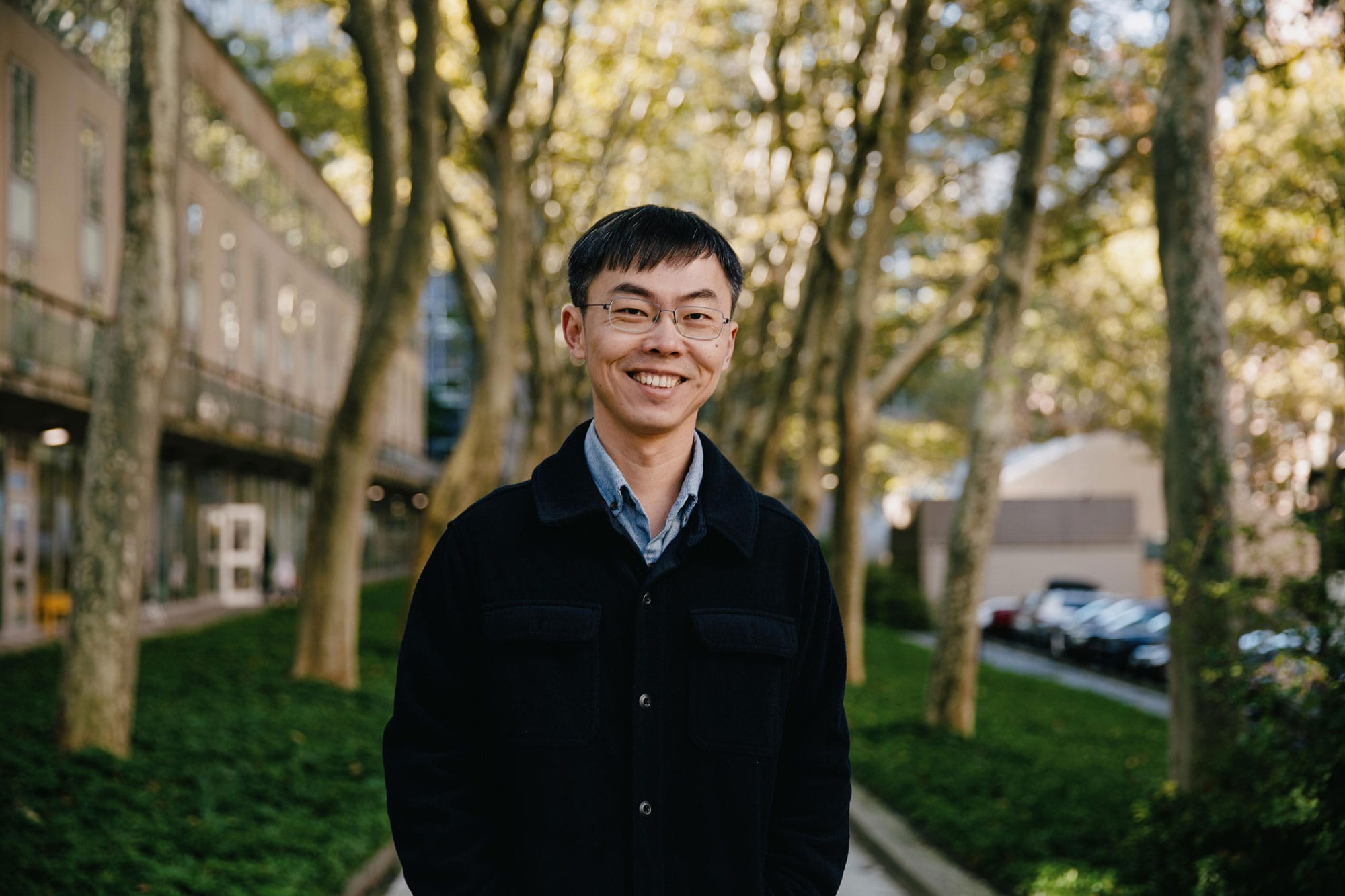
Molecular biologist Shixin Liu is fascinated by the dynamic nature and behavior of molecules in living cells. His research lies within biophysics, the interface between biology and physics. With his team at The Rockefeller University, Liu uses cutting-edge tools including single-molecule fluorescence and force microscopy to study the molecular underpinnings of biological processes.
Liu receives a 2023 Vilcek Prize for Creative Promise for developing innovative biophysical approaches to directly visualize and dissect biomolecular processes such as DNA replication and transcription driven by individual proteins.
Seeing is believing: Biological machines and single molecules
Liu compares the way cells function to factories: sites where specialized macromolecular machineries operate and cooperate to support important biological functions. While it is easy to imagine chemical reactions as being orderly and regimented, Liu emphasizes that the environment in living cells is chaotic: “At the nanometer and piconewton scale,” he says, “the molecules are really working in a very noisy and fluctuating thermal bath.”
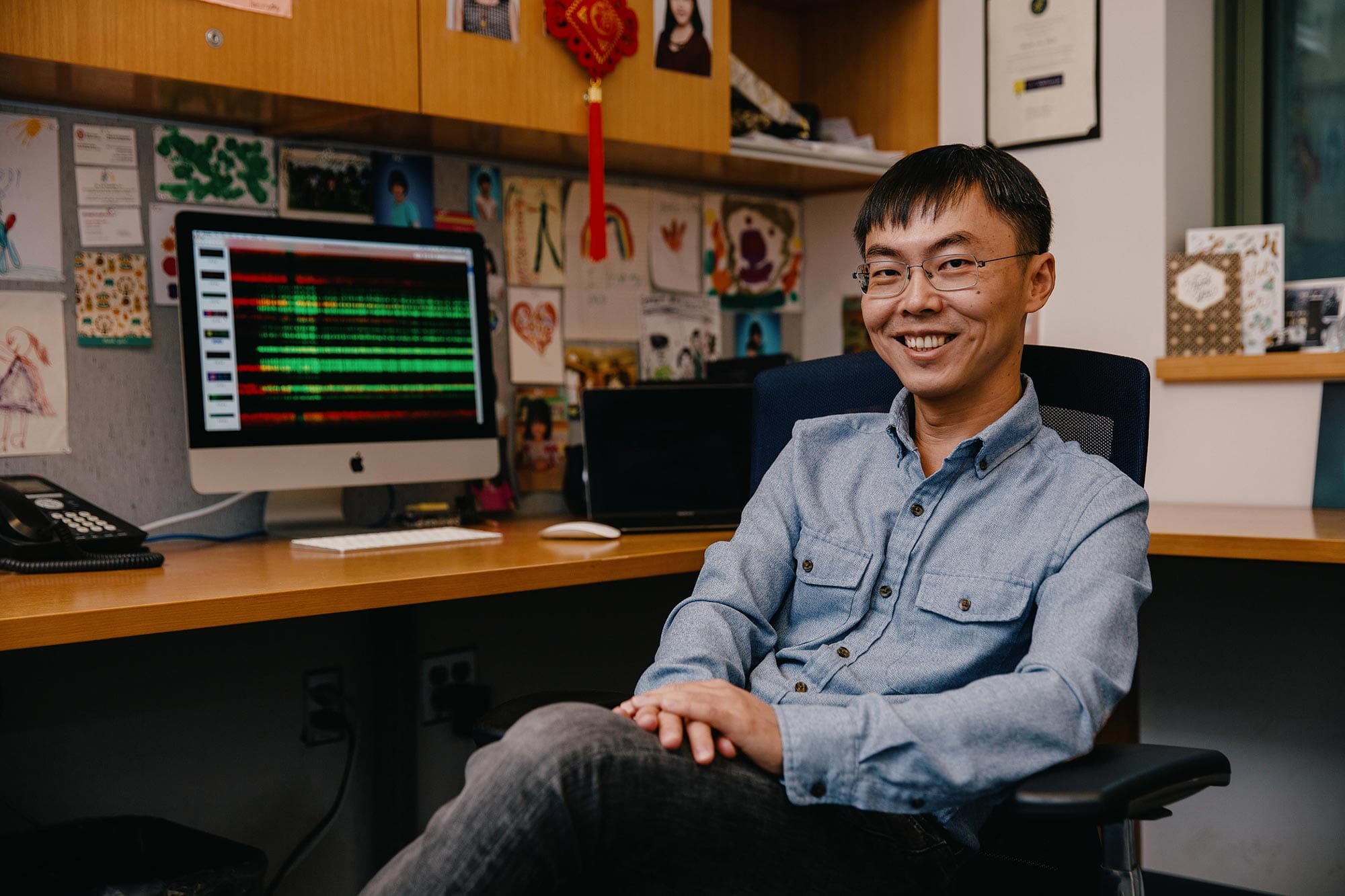
Traditional experimental approaches rely on ensemble averaging to understand the most apparent and frequent biological interactions. Liu is focused on illuminating the precise behaviors of individual molecules that are more difficult to resolve but are often instrumental for thoroughly understanding the fundamental rules governing the operation of a cell.
“Seeing is believing,” says Liu. “My research program aims to dissect how these molecules move, how they dance with each other. If we can see the molecules, how they function, how they interact, I think that’s by far the most satisfying approach.”

Science for the benefit of humanity
Rockefeller University’s motto is “Science for the benefit of humanity,” a sentiment that Liu carries through his work. By understanding the molecular mechanisms of fundamental processes like genome replication and gene expression, Liu and his team can identify the types of interactions that may factor into diseases.
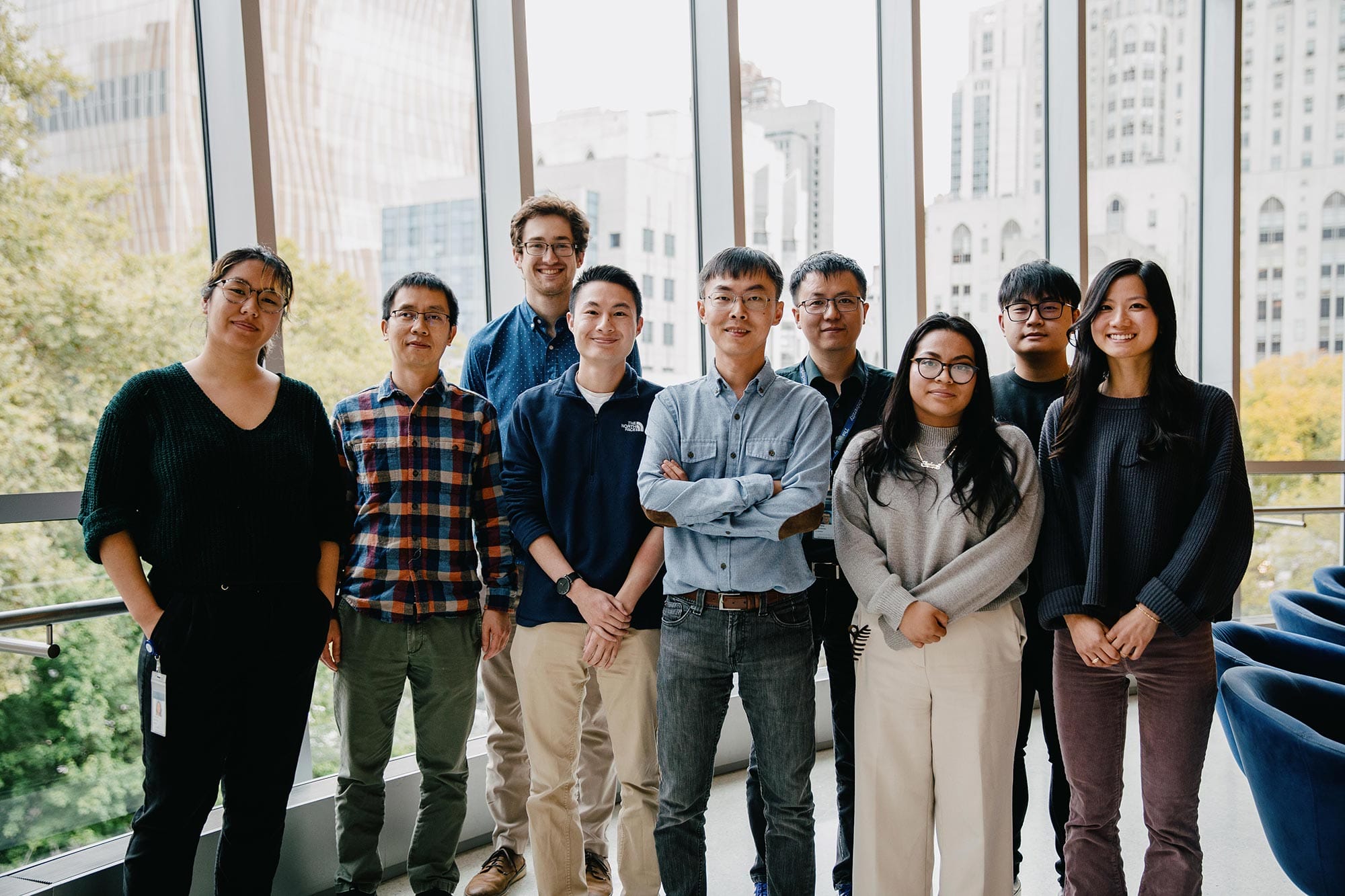
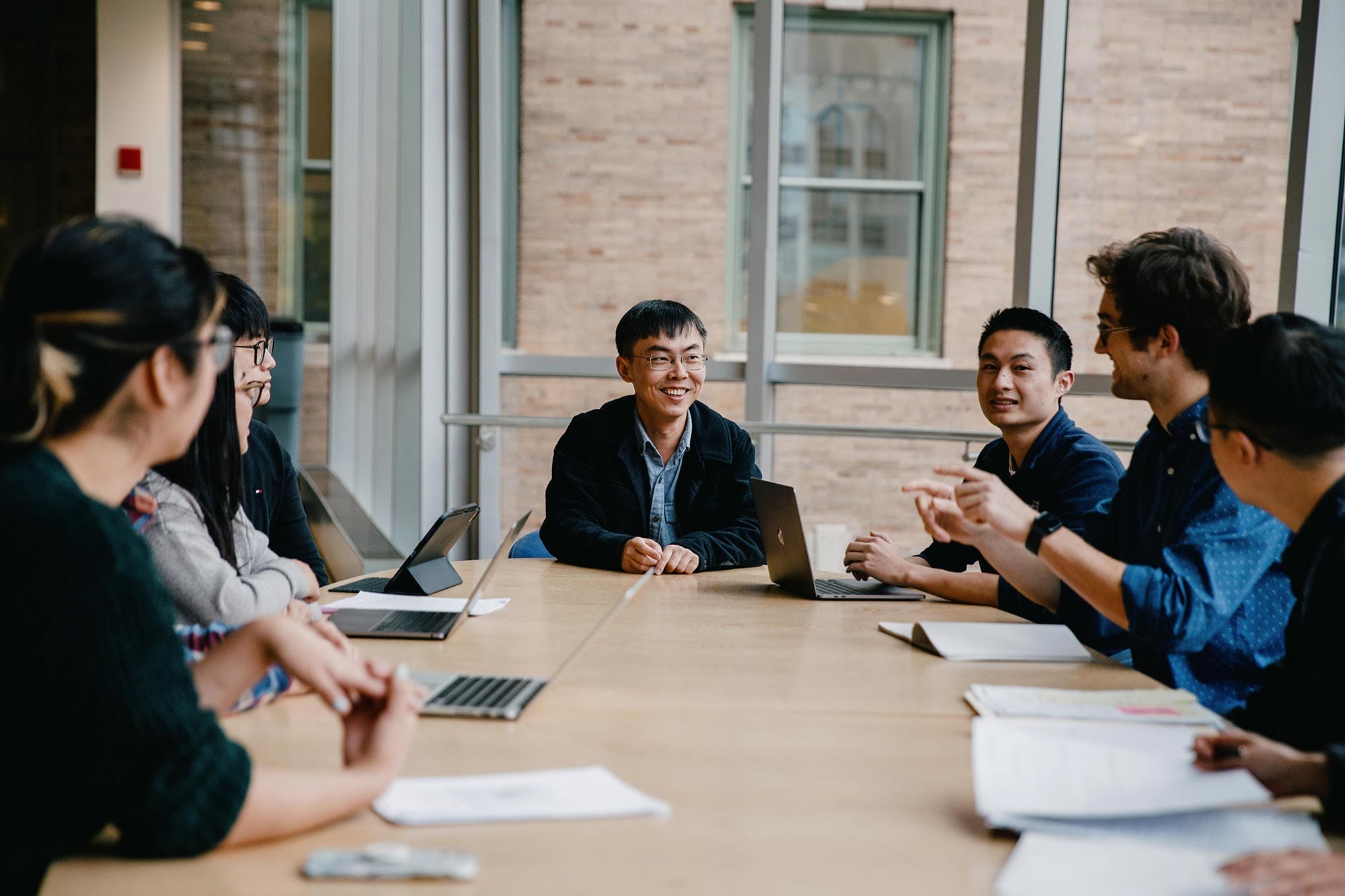
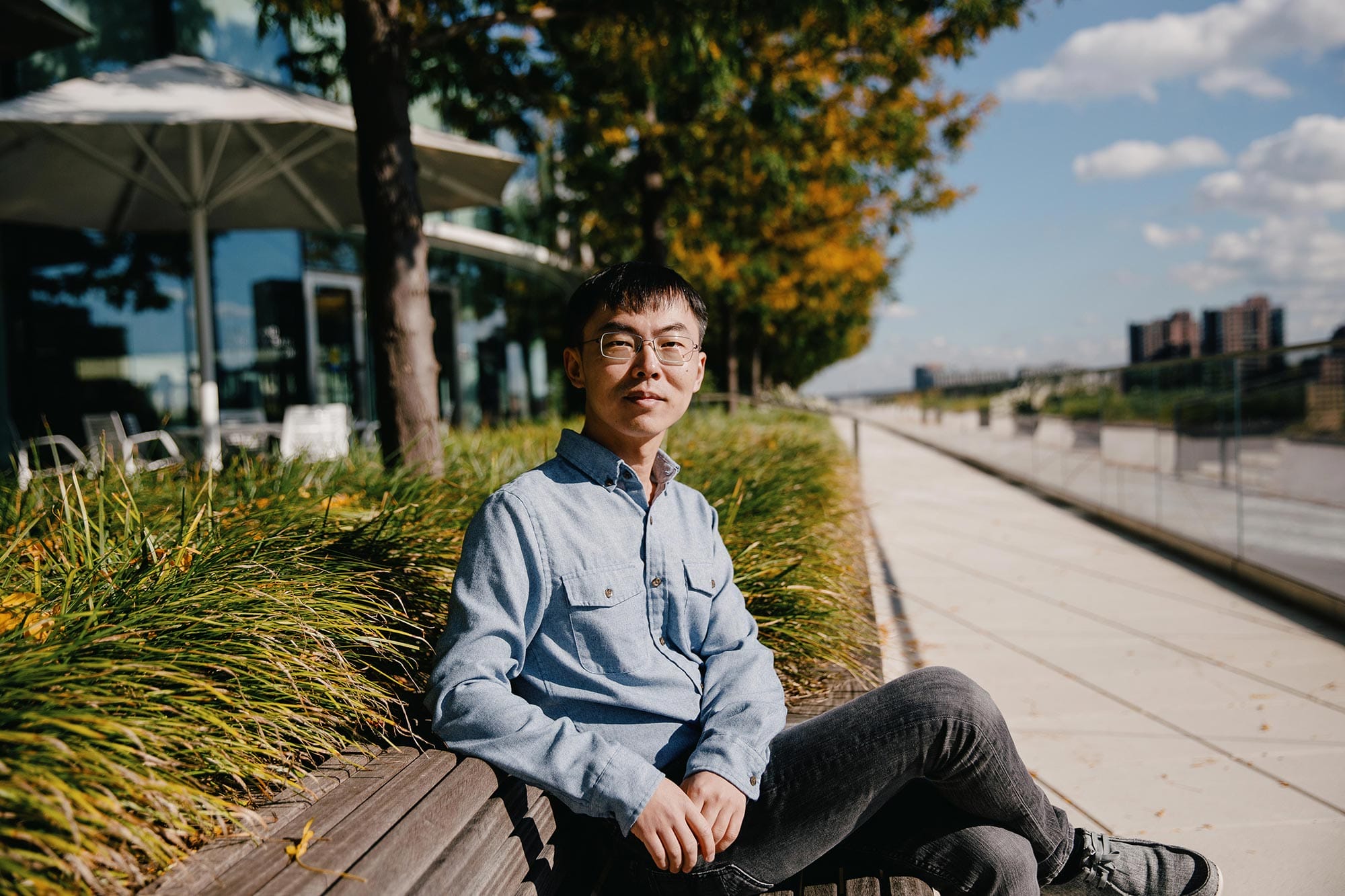
“This research gives us fundamental knowledge and a unique angle to attack disease mutations and, hopefully, make discoveries to benefit society,” he says. “Our long-term goal is to establish a quantitative input-output relationship between environmental stimuli and gene expression profiles in both normal and diseased cells.”
Mentorship and generational growth
Liu was born in an industrial city on the Yangtze River in Anhui province, China. Rigor and discipline were emphasized early in his education, and he entered college at the age of 14. At 19, he entered graduate school at Harvard University, where his work in the laboratory of Xiaowei Zhuang ignited his passion for single-molecule biophysics that he carries to this day.
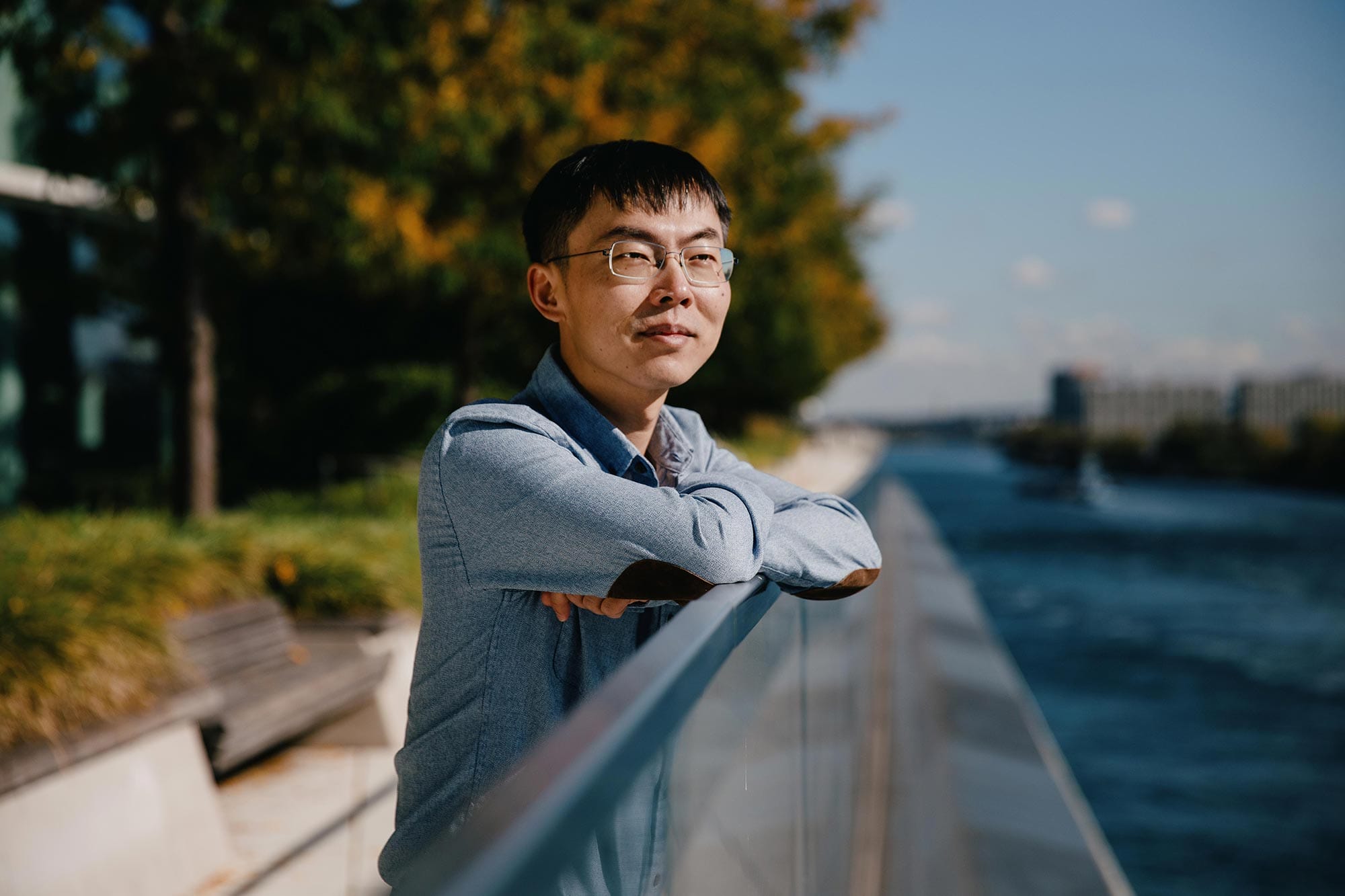
Working and studying in the United States also challenged Liu to expand on the style in which he worked, due to the emphasis on open communication and interdisciplinary collaboration. Poised at the intersection of chemistry, physics, and biology, single-molecule biophysics has enabled Liu to collaborate with scientists and scholars from across different fields and cultures.
“I think that’s one of my best experiences [doing science]: to be able to interact with people from around the world. It’s eye-opening, both in terms of how people think about science and how they live their life,” he says. “Every person is unique in their own way, not unlike the molecules that we study, and so are their interactions and dynamics.The most satisfying thing is to be able to now transform my knowledge and learning from my mentors to my own mentees.”
Related News
Vilcek Foundation honors immigrant scientists with $250,000 in prizes

Harris Wang: Using synthetic biology to understand our world
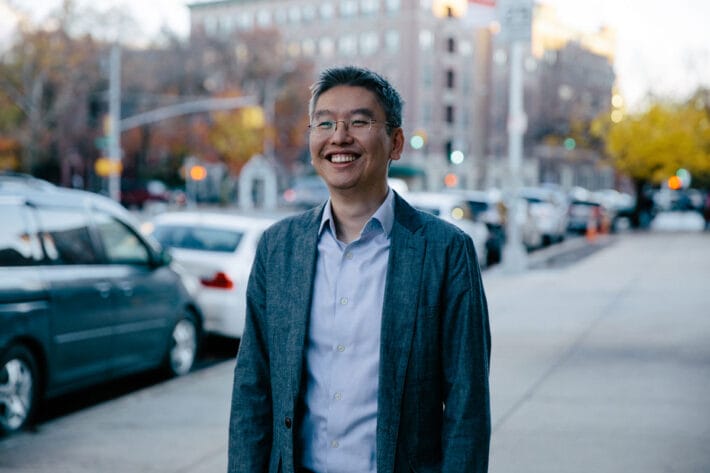
Xiaowei Zhuang: Making the Unseen Seen
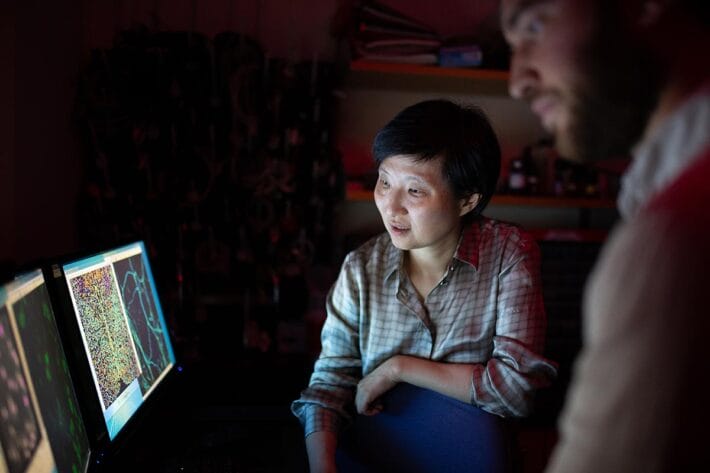
You may also be interested in
Shixin Liu

Harris Wang
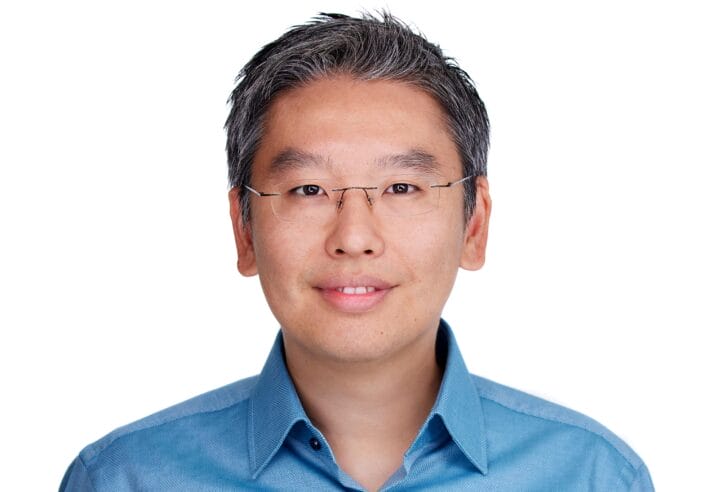
Xiaowei Zhuang
